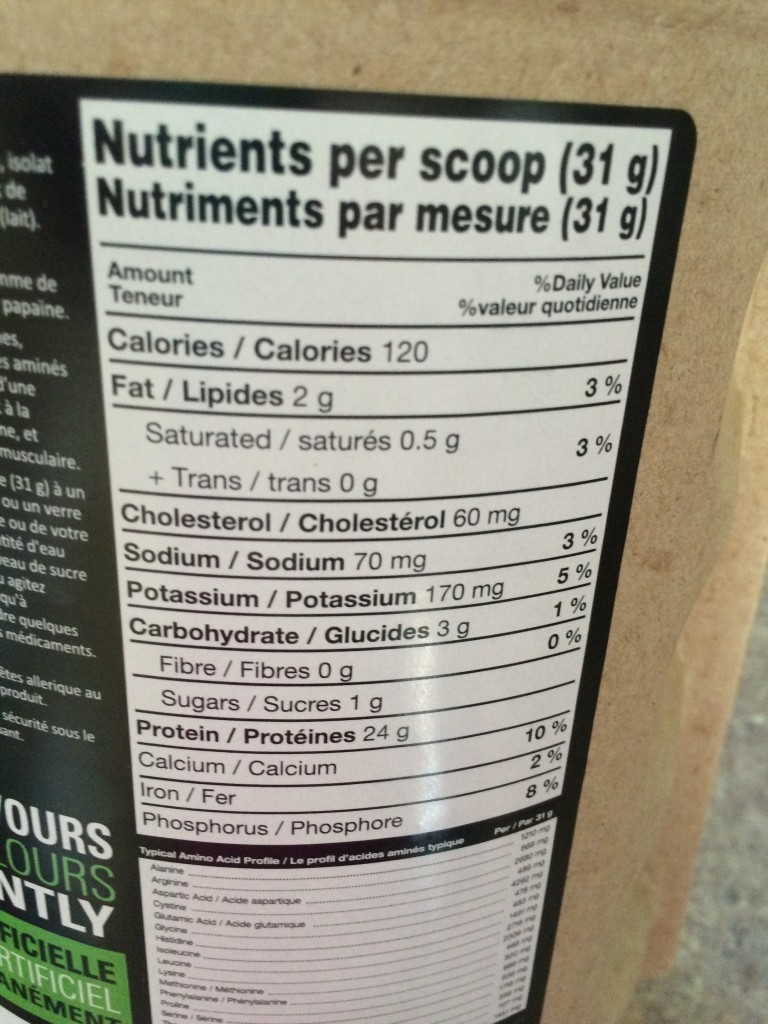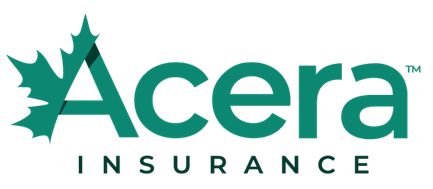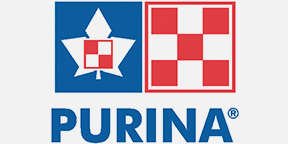 “I noticed that the cholesterol is high in my whey protein. Should I switch to something else if I’m watching my cholesterol?” – KM, Toronto
“I noticed that the cholesterol is high in my whey protein. Should I switch to something else if I’m watching my cholesterol?” – KM, Toronto
An OEF member asked me a great question concerning a whey product. But before I answer the question, I would like to explain whey protein in detail, as well as, how to purchase the product and how to determine its purity.
Whey Protein Powder
Whey protein is an excellent addition to an equestrian athlete’s meal plan, especially for those who prefer not to consume animal products. Protein powders allow the individual to increase the need for protein without adding a lot of calories, saturated fats, trans fats, cholesterol or sodium to their diets.
Protein in powder form is convenient, making it more likely to be consumed. However, protein comes in many other forms, including bars, sports drinks and ready-to-drink shakes.
Compared to other sources of supplemental proteins like casein or soy, whey protein contains higher amounts of essential amino acids, particularly branched chain amino acids (Leucine, Isoleucine and Valine) commonly referred to as BCAA’s. BCAA’s are among the nine essential amino acids that account for 35% of the essential amino acids in muscle proteins. BCAA’s may aid in recovery after a workout and increase protein synthesis and assist with weight management if consumed as a meal replacement.
When taken after exercise, whey protein may promote increased muscle growth partly because it is digested more rapidly and efficiently than other protein sources.
There are three types of whey protein:
1) Isolate – The purest form of whey protein, it has about 90 to 95 percent by weight
2) Concentrate – Has a lower protein percentage, about 25 to 89 percent by weight
3) Hydrolysate – Essentially protein that has been broken down into smaller components to aid with digestion.
However, fillers such as anti-caking agents, enzymes to aid in digestion, flavouring, artificial sweeteners like Stevia, thickeners such as soy lecithin and cellulose gum, vitamins and minerals are also components of many commercial protein powders and lower the percentage of protein in the product. It is best to purchase a product free from additives and impurities.
Regardless of the manufacturer’s claims, the easiest way to determine the true percentage of whey in a container is to divide the grams of protein into the grams per scoop x 100. For example, if the nutritional information on the container indicates it contains 24 g protein per 31 g scoop, you would divide 25 by 30 = 0.83 x 100 = 83%. Remember the higher the percentage, the purer the whey.
The product I use contains 90 per cent New Zealand whey isolate protein by weight (27 g protein divided by 30 g scoop x 100). And, other than a sweetener and vanilla flavouring, contains no fillers additives or impurities.
There are many manufacturers of whey. However, the best source to purchase is New Zealand whey since the government mandates that all dairy products must be free of antibiotics, chemical residues and hormones (rBST is illegal in New Zealand). Grazing practices, the treatment of cattle, collection and storage methods, and processing all affect the quality of whey protein. When choosing a whey protein supplement, it is important to keep these points in mind.
Getting back to the question of too much cholesterol, I looked up the product this member asked me about and found the following information that might be of help to you.
There are three different types of whey proteins used in the mix and are as follows:
As I stated earlier, isolate, being the purest form of whey protein; concentrate, which has a lower protein percentage; and hydrolysate, which is essentially protein that has been broken down into smaller components to aid with digestion.
Milk powder is included in the mix as a cheap source of protein and is most likely where the 60 mg of cholesterol is coming from. The recommended daily intake of cholesterol should not exceed 300 mg per day (one large egg is approximately 100 mg).
As for the purity of the product, the label states 24 grams of protein per 31-gram scoop. Let’s do the math, 24 divided by 31 = 0.77 x 100 = 77%. This particular product scores low in percentage of protein per scoop because it is made up of lower quality whey protein to create volume. It would be better to purchase a whey isolate.
The amino acid profile is interesting. Some of the nonessential amino acids – amino acids your body can produce – are moderate to high. Conversely, some of the essential amino acids – amino acids your body cannot produce and must be provided by food – are low to moderate.
In other words, some of the amino acids that are nonessential are higher than the ones that are essential. Too much nonessential amino acids can actually throw your body off and create a situation where your body will stop producing them. It’s a good idea to have a supplement free day or two during the week to allow your body to function on its own without help.
This product in question, although low in quality, is affordable for most and convenient to purchase since you can find it at your local pharmacy. For some individuals, running out to a “muscle shop” to purchase whey protein powder can be intimidating and perhaps cost prohibitive since a two to three-month supply can cost upwards of $100 per container.
So remember, when choosing a whey protein powder, the amount of protein in a scoop of powder depends not only on the serving size but on the protein source, such as New Zealand whey, whether the powder is a concentrate or an isolate and whether there are any fillers or additives present.
“Achieve Peak Performance Through Optimum Nutrition!” – Ian Harris
Ian can be reached at ian@ianharris.ca. You can also follow his nutrition tips on Facebook or visit www.ianharris.ca










